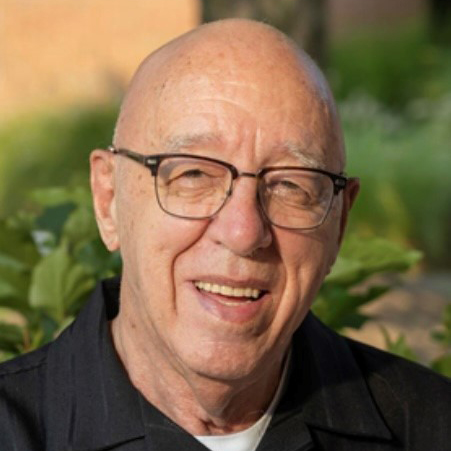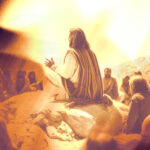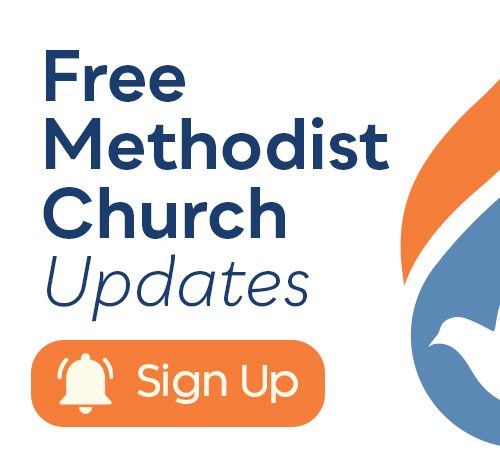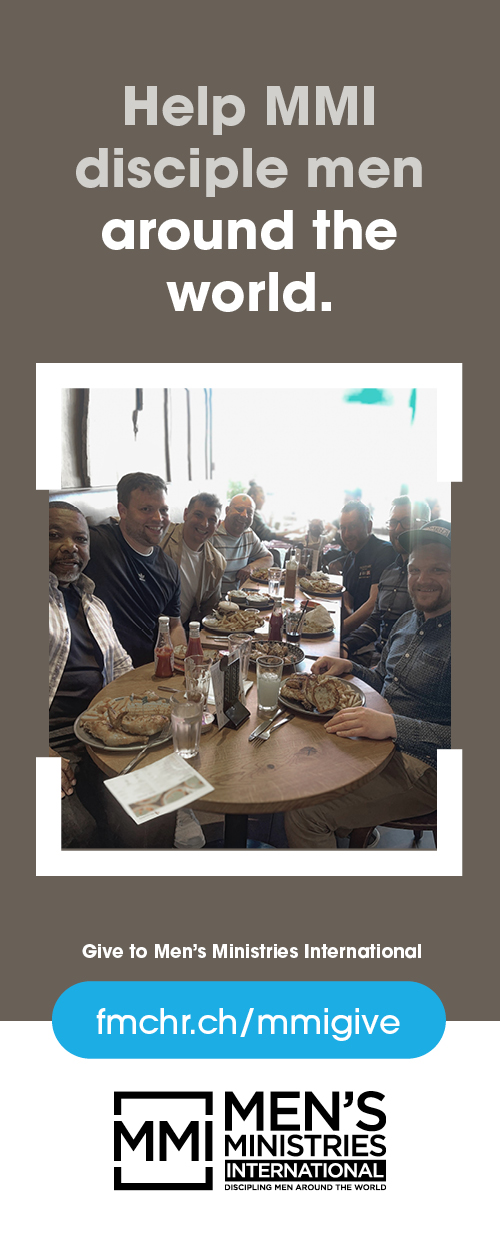
Gerald E. Bates
Gerald E. Bates, Ph.D., is a bishop emeritus of the Free Methodist Church USA and an ordained elder in the Southern Michigan Conference. Along with serving on the Board of Bishops from 1985 to 1999, his Free Methodist ministry roles have included missionary to central Africa, rector of Hope Africa University, and president and trustee of Spring Arbor University. He resides in Indianapolis and attends John Wesley Free Methodist Church.
By Gerald E. Bates
In a recent conversation with Gerry Coates of Free Methodist World Missions, I was told — to my amazement — that the most recent estimate of global Free Methodism is 1.5 million. That is astonishing (even for me, a retired missionary from the central Africa region that is historically one of the “big numbers” capitals of the Free Methodist world)!
I know that this new figure reflects the dedicated and strategic work of Free Methodist national workers and missionaries around the world, working with the blessing of God. I also believe there could be more to the story — some historical decisions made in the 1960s and years following that may have contributed to this result. Let me explain:
The history of the Free Methodist Church records tremendously audacious actions in distributing governance, beginning in 1960 and onward, sharing generously with its rapidly growing overseas constituency in the leadership of the denomination. Notable leaders and visionaries in this process were Bishop Leslie R. Marston; Dr. Byron S. Lamson, missionary secretary; and Hugh A. White, lay member of the North American Board of Administration and the Commission on Missions.
_
“These were valuable training grounds for leadership.”
_m
World Fellowship
In 1960, a World Fellowship was formed including all segments of the global Free Methodist Church. In that same year, two general conferences were organized, Japan and Egypt. They were in every way organizationally equal to the North American General Conference, each with its own bishop. In that same period, area fellowships were formed in Asia, Africa and Latin America. These were valuable training grounds for leadership, preparing them for full participation in, for many of them, the North American General Conference. Area missions directors were put to assisting in the writing of provisional and full annual conference constitutions. This sequence of assignments led to the development of full annual conferences and, in many parts of the world, jurisdictional general conferences (led by national bishops) and to full general conferences (also led by national bishops).
The whole process was held together by commitment to a common constitution and a robust trust in international leadership. I have abbreviated these steps, which were elaborated over more than a quarter-century. There was intense dedication to the vision covered by international travel, North American bishops’ visits and presiding over annual conferences all over the world, planning committees, fellowship conferences, constitution writing, and leadership building. Alongside all the organizational work, wonderful international friendships were built.
Today there is a worldwide Council of Bishops and a World Conference. In the most recent denominational count, there are 21 Free Methodist bishops in general conferences outside North America, one in Canada, and one suffragan bishop in Uganda with a jurisdictional general conference under the supervision of the Rwanda General Conference. This is an amazingly generous distribution of governance, the outworking of that original vision of 1960 — and it works! Faithfully!
1.5 million!
A Responsive System
Sometimes, in trying to explain this complex system, I have used an example from inventor R.G. LeTourneau who wanted to overcome the limitations of a rigid axle, which could only straddle something the radius of the wheels. He solved this by putting an electric motor in every wheel (popularly called an “electric wheel”) and running a cable to it, which allowed him to build enormous machines that could straddle a house!
_
“Were very conscious of their need for the guidance of the Holy Spirit, and they humbly sought it in earnest prayer.”
_m
By sharing governance, generously and carefully — and with a lot of trust, the visionary leaders of the Free Methodist Church have built a robust system of sharing governance. It is a system committed to a common constitution, but which can adjust and respond to all kinds of realities out there in the world without losing identity, essentially “putting a motor in every wheel.”
From the very beginning of these initiatives, Free Methodist leaders, in 1960 and years following, were very conscious of their need for the guidance of the Holy Spirit, and they humbly sought it in earnest prayer. They wrote books about this, and they published articles.
We do not, even in our enthusiasm for our denominational DNA, ascribe the genius entirely to them or to a system but to God who has seen fit to bless, lead, and smile on the Free Methodist Church all around the world.
1.5 million — and growing!
+

Gerald E. Bates
Gerald E. Bates, Ph.D., is a bishop emeritus of the Free Methodist Church USA and an ordained elder in the Southern Michigan Conference. Along with serving on the Board of Bishops from 1985 to 1999, his Free Methodist ministry roles have included missionary to central Africa, rector of Hope Africa University, and president and trustee of Spring Arbor University. He resides in Indianapolis and attends John Wesley Free Methodist Church.









